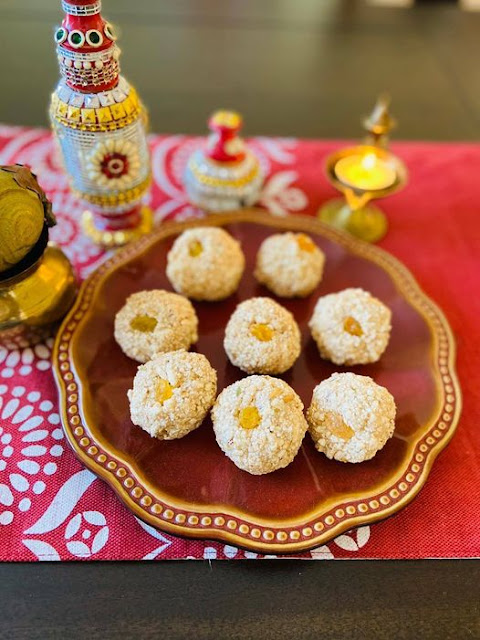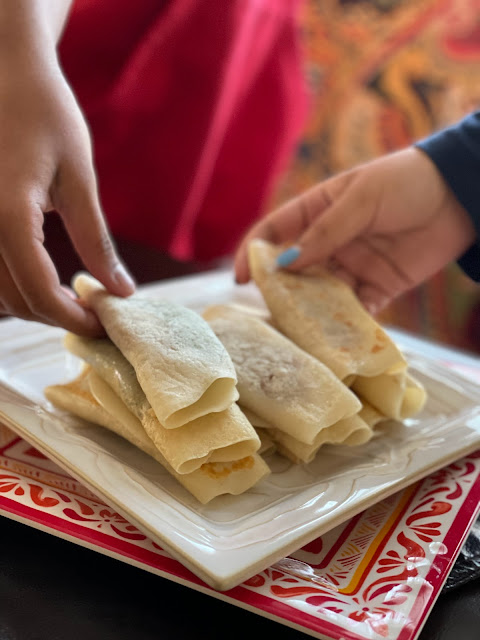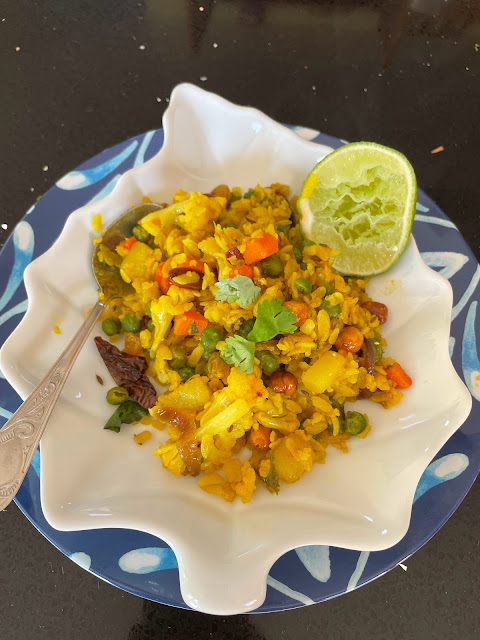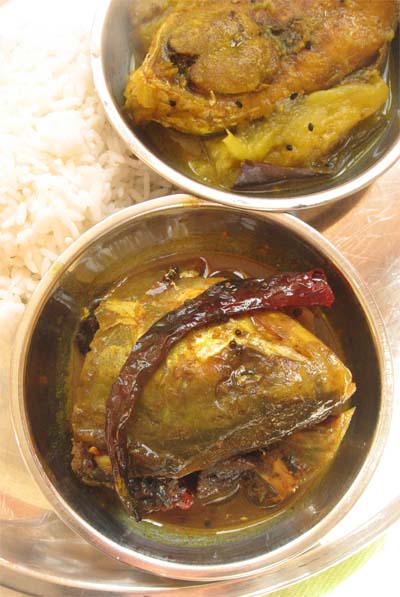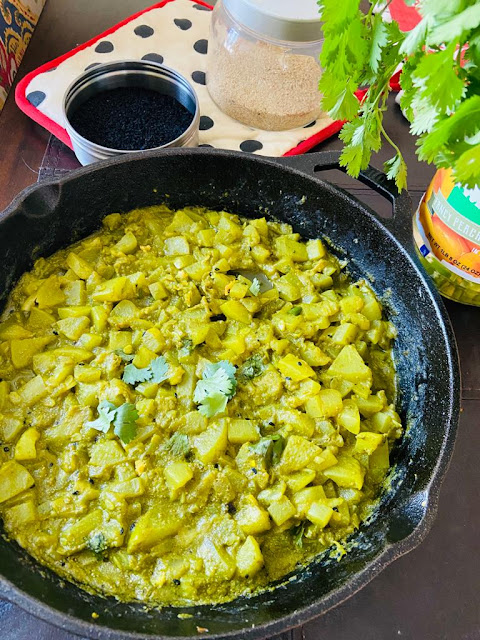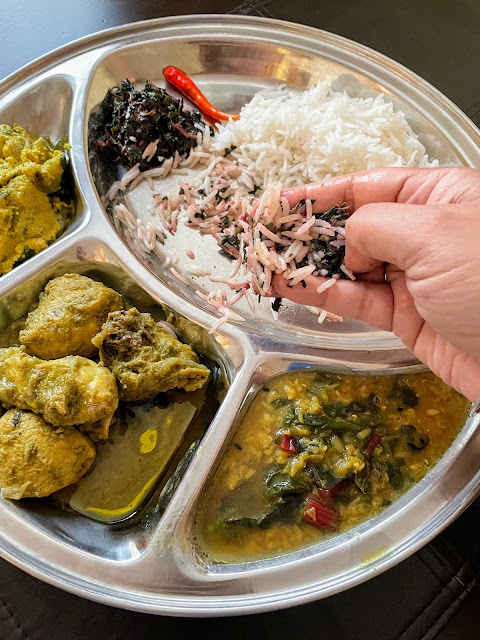Kechki Maach er Charchari | Small fish like Minnow or white bait cooked with potatoes and eggplant
Kechki, Kachki or Kaski is a tiny, shimmering like silver fish that is very commonly found in freshwater ponds, streams and rivers of rural Bengal. They are really tiny, even smaller than the mourala fish. These small fishes have such soft bones that they are cooked and eaten whole. Full of vitamins and nutrients they are very popular both in Bangladesh and West Bengal.
I think these fishes are farmed now days given that their popularity has soared high and export contributes a big chunk to this fishery business.. However when we lived in this small town by the river Ganga where the river swelled and rode high during the rainy season, the river water brimming with small fishes would spill into narrow streams and canals. This is where a variety of tiny fishes and small shrimps were caught by young kids with pieces of a woven cloth cloth called gamcha. Our house help's young boy often joined that crowd and brought back a lot of shrimp and chyala maach.
Here in the US, far from that small town, I get Kechki or Kaski, in Bangladeshi stores. All cleaned, they come in these small packets or trays in the freezer aisle along with a lot of other small and not-so-small fishes.
The only time I buy and make this Kechki Charchari is when my mom is here. Surprisingly my mother never made anything with Kechki. Mourala was her limit when limit tended to tiny fish. But she loves all kinds of fish and so likes this Charchari.
.
He thinks of his Dida and anxiously reminds me to pour mustard oil generously when I cook it. The last time you air fried the Kechki, the Charchari didn’t taste as good as Dida’s he says.
Of course it didn’t. Nothing tastes as good as nostalgia, glugs of mustard oil and what grandmothers made .
.
When I poste this photo on FB earlier this week, I got several great recipe ideas. Sharing some for future use
Soupayan Sarkar We first marinate them with chopped onion, julienned potato, kalo jira, salt and turmeric. Then we quick blanch some large laupata. Then make a small potli of fish wrapped with the laupata. Then those potlis are quickly shallow fried. Tastes heavenly with rice.Cynthia Nelson Here in the Caribbean we call it Nettley 😀 it is seasoned with a fresh herb paste that includes lots of hot pepper and some turmeric and fried crisp. It is usually eaten with dhal, rice and some type of fiery achar. Finger-licking good! 😄Jayati NOh I love this variety.... aam kashundi chorchori....shorshe posto baati chorchori .....dhonepata.kancha.lonka.makha makha ..... tomato.roshun.poda.chatni.type.... pineapple.diye.tok.......narkolbata.shorshe.diye.kumropatay.paturi.... aloo.bodi.diye.patla.jhol.....YummmmmmmmmShukla Biswas My girls love this fish, either kora Kore bhaja with daal or bati chochhori with sliced potatoes green chilies and onions,and of course a generous tablespoon of shorsher tel just before turning the stove off.
.
I made this Kechki Charchari for a bhaiphota lunch few weeks back. Isn't eating a variety of good food is the reason why we have so many festivals right?
I made mostly fish dishes for lunch that day. We started off with Moghlai Parota but then Muri Ghonto, Kechki Charchari, Ilish Bhaape -- was on the lunch menu. Though both my girls are not fond of fish, their "bhaiphota brothers" are true connoisseurs of good food and will happily eat fish. I had added some shrimp, to give the charchari some bite and also to make the charchari more familiar for them.
Now I don't know how much the brothers liked it, but us, the parents of all the brothers and sisters gorged on the charchari.






